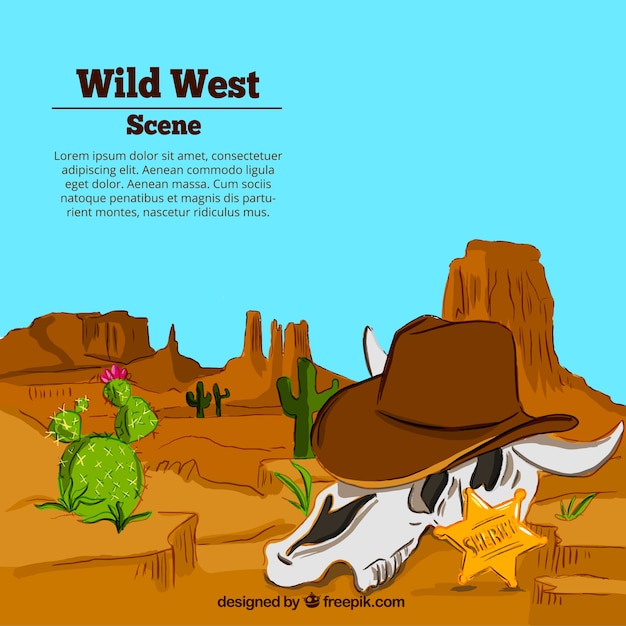Discover Fascinating Facts About Death Valley

Death Valley is the hottest place on Earth.
It holds the record for the highest temperature ever recorded, with a scorching 134 degrees Fahrenheit.
Death Valley is located in California, USA.
It is the largest national park outside of Alaska.
Death Valley is home to unique and rare species of plants and animals that have adapted to its extreme conditions.
It is named Death Valley due to the treacherous conditions that early settlers faced while crossing it.
Death Valley is a popular tourist destination, attracting adventurers and nature enthusiasts from around the world.
The valley got its name in 1849 during the California Gold Rush.
Despite its harsh environment, Death Valley has been inhabited by humans for at least 10,000 years.
Death Valley is a designated International Biosphere Reserve.
The valley encompasses an area of over 3.4 million acres.
It is famous for its stunning geological formations, including towering sand dunes and colorful canyons.
Death Valley receives less than 2 inches of rainfall per year on average.
The valley is known for its epic sunsets, with vibrant colors illuminating the barren landscape.
Death Valley is a stargazer’s paradise, offering some of the clearest and darkest skies in the United States.
It is home to the rugged Panamint Mountain Range.
Death Valley is haunted by the ghost town of Rhyolite, once a booming mining town.
Discover Fascinating Facts About Death Valley part 2
The valley is a geologist’s dream, showcasing evidence of ancient lakes, volcanic activity, and fault lines.
Death Valley is home to the unique sailing stones, large rocks that mysteriously move across the dried lakebed.
It offers a wide range of recreational activities, including hiking, biking, and off-roading.
Death Valley is home to the lowest point in North America, Badwater Basin, which sits 282 feet below sea level.
The valley has been used as a filming location for many famous movies, including Star Wars and Transformers.
Death Valley is an oasis for desert wildlife, with over 400 species of birds recorded in the area.
It has the largest natural down-warp in the United States, known as Death Valley Graben.
The valley’s landscape varies from salt flats to sand dunes, from badlands to colorful mineral-stained hills.
Death Valley has a rich cultural history, with evidence of Native American settlements dating back thousands of years.
It is home to the rare and elusive pupfish, which has adapted to survive in the valley’s extreme conditions.
Death Valley is a place of extremes, with temperatures dropping below freezing during winter nights.
The valley’s unique topography creates a phenomenon known as the heat mirage, where objects appear distorted due to the heat radiating from the ground.
It is a paradise for photographers, with endless opportunities to capture the raw beauty of the desert.
Death Valley is a land of contradictions, simultaneously harsh and fragile.
The valley is a living laboratory for scientists studying desert ecology and climate change.
Despite its remote location, Death Valley has a rich human history, with evidence of Native American trade routes and early European exploration.
The valley’s vastness gives a sense of solitude and introspection, allowing visitors to connect with nature on a deeper level.
Death Valley is a resilient ecosystem, with plants and animals adapting to survive in one of the harshest environments on Earth.
The valley’s sand dunes are constantly shifting and changing shape, creating a dynamic and ever-evolving landscape.
Death Valley is a land of extremes, where life persists in the most unlikely places.
It offers stunning panoramic views from its highest point, Telescope Peak, which reaches an elevation of 11,049 feet.
The valley’s salt flats create a vast, shimmering expanse that resembles a frozen lake.
Despite its desolate appearance, Death Valley is teeming with life, from lizards and coyotes to desert wildflowers.
The valley’s unique geology provides scientists with valuable insight into the Earth’s geological history.
Death Valley has been inhabited by Native American tribes for thousands of years, who have relied on its resources for survival.
The valley’s extreme temperatures make it a natural laboratory for studying heat-related health issues.
Death Valley is a testament to the power and resilience of nature, showcasing the beauty that can be found even in the harshest of environments.
Exploring Death Valley is like stepping into another world, where the forces of nature have sculpted a landscape unlike any other.
